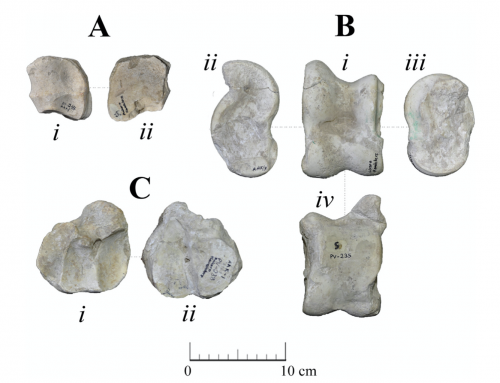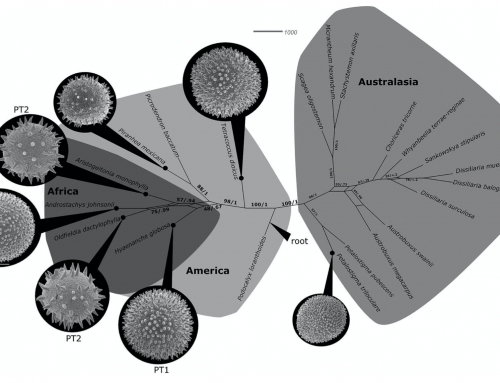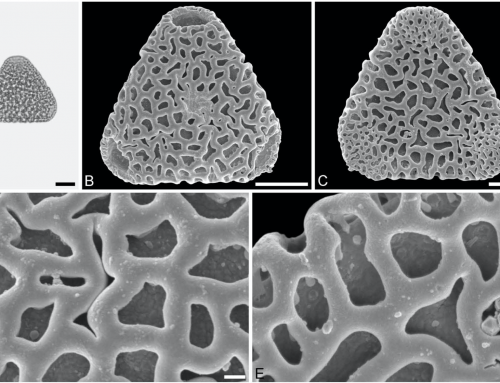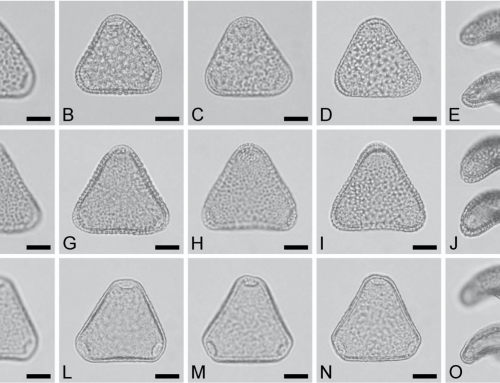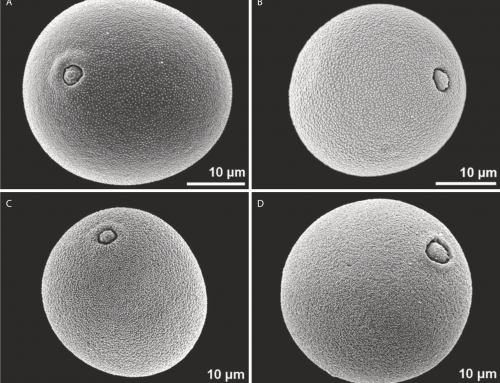Authors: Thomas Denk, Friðgeir Grímsson, Reinhard Zetter, Leifur A. Símonarson
Iceland is an island in the northern North Atlantic halfway between Europe and Greenland/North America and some of its northern parts touch the Arctic Circle. Its position at the conjunction of warm southerly and cold northerly waters and air masses contribute to a particular climate that is unusually mild considering the high latitude of the island. From a biogeographical point of view, Iceland is an important place for both palaeontologists and recent botanists and zoologists. Geologically, Iceland is unique as it is situated at the boundary of the North American and Eurasian plates and is one of the few places on the Earth where sea-floor spreading can be witnessed on land. In this northern part of the Atlantic, the North American continent began to move away from the Eurasian continent by rifting and sea-floor spreading in the early Palaeogene, ca 55 Ma. When sea-floor spreading initiated in this area, a rich flow of magma generated by a mantle plume caused thermal doming of the crust and formed a connection or ‘land bridge’ between the continents known as the Greenland-Scotland Transverse Ridge. Subsequently, the eastern and western limits of this bridge sank as a consequence of continuous rifting and crustal cooling. Today, Iceland is still subaerial because of its position over this very same mantle plume. In the late Cainozoic, rift relocation had an important effect on the geology of Iceland and caused massive erosion and deposition of sediments, some of which contain the plant fossils described in this book. This chapter provides an introduction to the recent climate, weather systems and ocean currents affecting Iceland, and presents the most important details of the island’s living fauna and flora. We also outline the geological background necessary to place the fossiliferous formations in a context.
